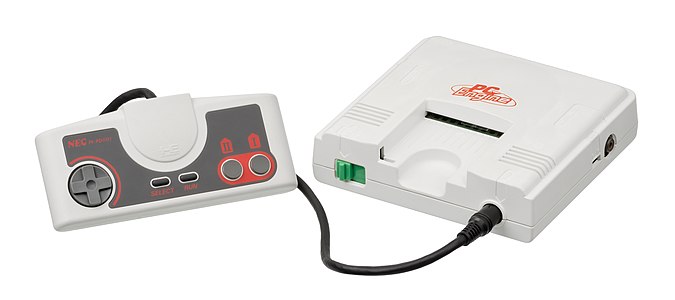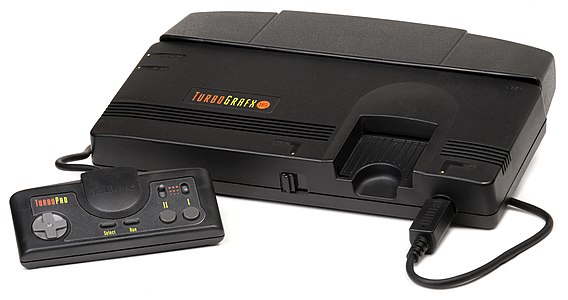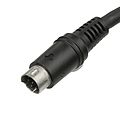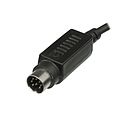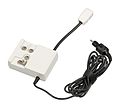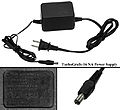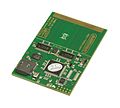History of video games/Platforms/TurboGrafx-16
-
A Japanese PC Engine console with controller.
-
A significantly larger North American TurboGrafx-16 console with controller.
History
[edit | edit source]
Launch
[edit | edit source]The PC Engine was launched in 1987 in Japan, and saw a North American release as the TurboGrafx-16 in Fall of 1989.[1][2] The TurboGrafx-16 cost $200 at launch in the United States of America.[2]
The console saw two major contemporary variations in the PC Engine SuperGrafx and the TurboDuo. A portable version of this console would later be released as the TurboExpress.
Legacy
[edit | edit source]Global sales of TurboGrafx-16 consoles totaled 10 million.[3] The system was never released in Europe, and sold only 2.5 million consoles in North America.[1][3]
NEC would later attempt to enter the home console market again with the PC-FX.
Technology
[edit | edit source]The PC Engine / TurboGrafix-16 uses an 8-bit Hudson Soft HuC6280A processor clocked at 3.6 Megahertz.[1][2]
The PC Engine has eight kilobytes of RAM.[1][4][2]
Notable games
[edit | edit source]1987
[edit | edit source]1988
[edit | edit source]Gallery
[edit | edit source]Consoles
[edit | edit source]Controllers
[edit | edit source]TurboGrafx CD
[edit | edit source]Accessories
[edit | edit source]Official Internals
[edit | edit source]References
[edit | edit source]| Parts of this page are based on materials from: Wikipedia: the free encyclopedia. |
- ↑ a b c d McFerran, Damien (6 May 2012). "The Ultimate Retro Console Collectors' Guide". Eurogamer. Retrieved 7 November 2020.
- ↑ a b c d Schilling, Melissa A. (2003). "Technological Leapfrogging: LESSONS FROM THE U.S. VIDEO GAME CONSOLE INDUSTRY". California Management Review. 45 (3): 9. doi:10.2307/41166174. Retrieved 19 November 2020.
{{cite journal}}: More than one of|pages=and|page=specified (help) - ↑ a b "The 10 Worst-Selling Consoles of All Time Feature on GamePro.com". web.archive.org. 11 October 2007. Retrieved 17 November 2020.
- ↑ "PC-Engine (TurboGrafx 16) System-specific information for cc65". cc65.github.io. Retrieved 7 November 2020.

